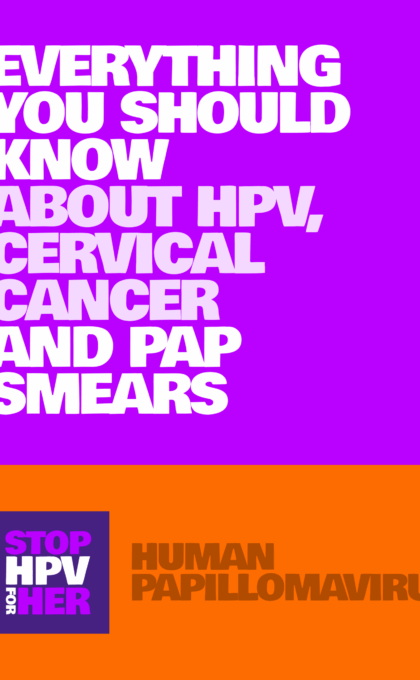Understanding HPV & Cervical Cancer: Your Complete Guide to Prevention
In a world where we’re constantly talking about health, here’s something that should be on everyone’s radar: cervical cancer. It’s the fourth most common cancer affecting women worldwide, with our sisters in Sub-Saharan Africa bearing a particularly heavy burden. But here’s the good news – it’s almost entirely preventable! Let’s break down everything you need to know about HPV and cervical cancer in a way that makes sense.
The HPV Story: More Common Than You Think
Think of HPV (Human Papillomavirus) as that uninvited guest at a party – it shows up everywhere, and most people will encounter it at some point in their lives. With over 200 types floating around, some are harmless party-crashers, while others can cause serious trouble. The good news? Your body’s security system (immune system) usually shows them the door before they can cause any damage.
Breaking Down the Basics
HPV spreads through skin-to-skin contact, primarily during intimate moments. And no, you can’t catch it from sharing clothes or towels! Here’s a shocking statistic: about 8 in 10 people will get HPV at some point, with young adults under 25 being the most likely party guests.
The Cervical Cancer Connection
When high-risk HPV types overstay their welcome, they can cause cells in the cervix to go rogue, potentially leading to cancer. In 2022, cervical cancer crashed the party for 660,000 women globally, with 350,000 losing their lives. In Nigeria, it’s the second most common cancer after breast cancer, with 13,676 cases reported in 2022.
Prevention is Better Than Cure
Here’s the real tea: we have powerful weapons against HPV and cervical cancer. The star player? Vaccination, especially for young girls aged 9-14. It’s like giving your body’s security system a detailed photo of the troublemaker before they even show up. The vaccine is super effective (over 95% protection!) and completely safe – and no, it won’t affect menstruation or fertility.
Getting Tested: Your Health Checkpoint
Regular screening is your best friend in this fight. From age 25, women should get either an HPV DNA test every 5 years or a Pap smear every 3 years. Think of it as your body’s regular security audit – catching any troublemakers before they can cause real damage.
The Bottom Line
Whether you’re a parent, teacher, or young woman, understanding HPV and cervical cancer is crucial. With vaccination, regular screening, and awareness, we can show this uninvited guest the door and keep our communities healthy and strong.
Remember, knowledge is power – and in this case, it could save lives. Let’s spread the word, not the virus! 💪🏾
[Medical review provided by Sebeccly Cancer Care]







Leave a Comment